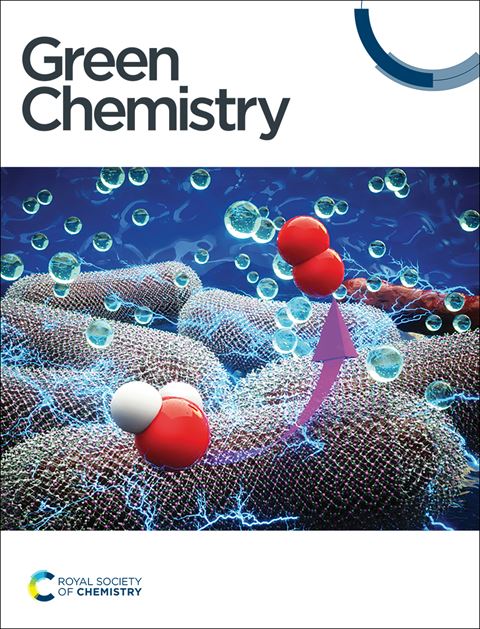Demystify the unique hydrogen spillover effect in electrocatalytic hydrogen evolution
IF 9.3
1区 化学
Q1 CHEMISTRY, MULTIDISCIPLINARY
引用次数: 0
Abstract
Hydrogen spillover, involving the migration of active hydrogen species between high-affinity sites and weak adsorption sites on the catalyst surface, has recently garnered attention for its unique reaction mechanism and accelerated reaction kinetics. However, this migration process is thermodynamically unfavorable, as it necessitates overcoming significant interfacial barriers. Thus, hydrogen spillover is not commonly observed in hydrogen evolution reaction (HER) catalysis. A thorough understanding of hydrogen spillover is crucial for designing advanced HER catalysts with low-energy-barrier interfaces that facilitate hydrogen migration. In this review, we analyze the fundamental characteristics of hydrogen spillover and provide a comprehensive overview of its effects in the context of recent advances in HER. We summarize the various manifestations of hydrogen spillover observed in early HER catalysis and describe feasible physicochemical and electrochemical characterization methods to validate the occurrence of this phenomenon. Additionally, we discuss different strategies to modulate the kinetic barriers associated with interfacial hydrogen spillover in detail, which are essential for the efficient design and synthesis of advanced HER catalysts that leverage this effect. Finally, we present the challenges and future perspectives related to the hydrogen spillover effect in HER catalysis, offering guidance for expanding its application in catalytic reactions.
揭开电催化析氢过程中独特的氢溢出效应的神秘面纱
氢溢出是指活性氢在催化剂表面的高亲和位点和弱吸附位点之间迁移,近年来因其独特的反应机理和加速反应动力学而受到关注。然而,这种迁移过程在热力学上是不利的,因为它需要克服显著的界面障碍。因此,氢溢出在析氢反应(HER)催化中并不常见。深入了解氢溢出对于设计具有低能垒界面、促进氢迁移的先进HER催化剂至关重要。在这篇综述中,我们分析了氢溢出的基本特征,并在最近的进展背景下对氢溢出的影响进行了全面的概述。我们总结了早期HER催化中观察到的氢溢出的各种表现,并描述了可行的物理化学和电化学表征方法来验证这一现象的发生。此外,我们详细讨论了调节与界面氢溢出相关的动力学障碍的不同策略,这对于有效设计和合成利用这种效应的高级HER催化剂至关重要。最后,我们提出了氢溢出效应在HER催化中的挑战和未来展望,为扩大其在催化反应中的应用提供指导。
本文章由计算机程序翻译,如有差异,请以英文原文为准。
求助全文
约1分钟内获得全文
求助全文
来源期刊

Green Chemistry
化学-化学综合
CiteScore
16.10
自引率
7.10%
发文量
677
审稿时长
1.4 months
期刊介绍:
Green Chemistry is a journal that provides a unique forum for the publication of innovative research on the development of alternative green and sustainable technologies. The scope of Green Chemistry is based on the definition proposed by Anastas and Warner (Green Chemistry: Theory and Practice, P T Anastas and J C Warner, Oxford University Press, Oxford, 1998), which defines green chemistry as the utilisation of a set of principles that reduces or eliminates the use or generation of hazardous substances in the design, manufacture and application of chemical products. Green Chemistry aims to reduce the environmental impact of the chemical enterprise by developing a technology base that is inherently non-toxic to living things and the environment. The journal welcomes submissions on all aspects of research relating to this endeavor and publishes original and significant cutting-edge research that is likely to be of wide general appeal. For a work to be published, it must present a significant advance in green chemistry, including a comparison with existing methods and a demonstration of advantages over those methods.
 求助内容:
求助内容: 应助结果提醒方式:
应助结果提醒方式:


